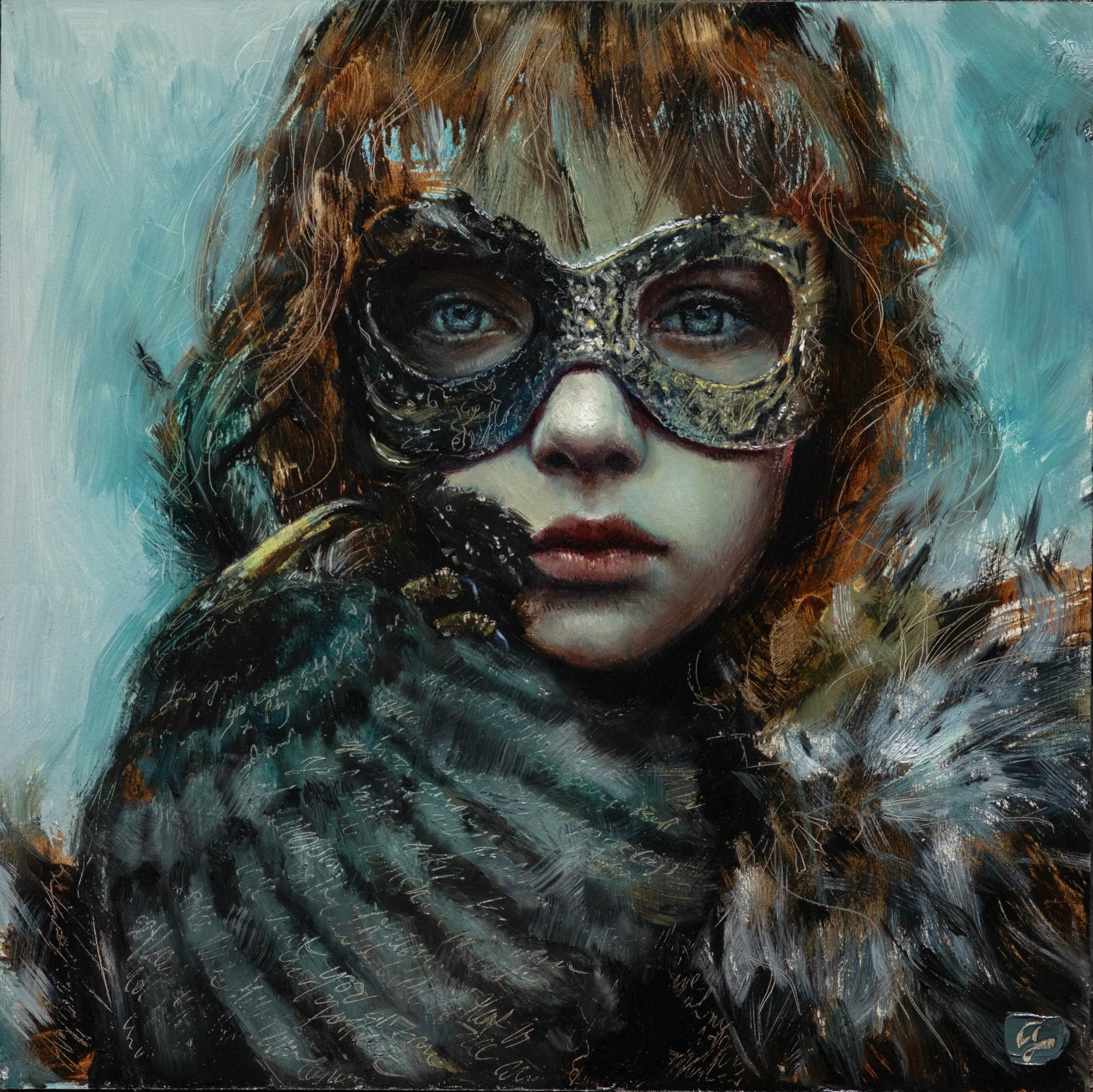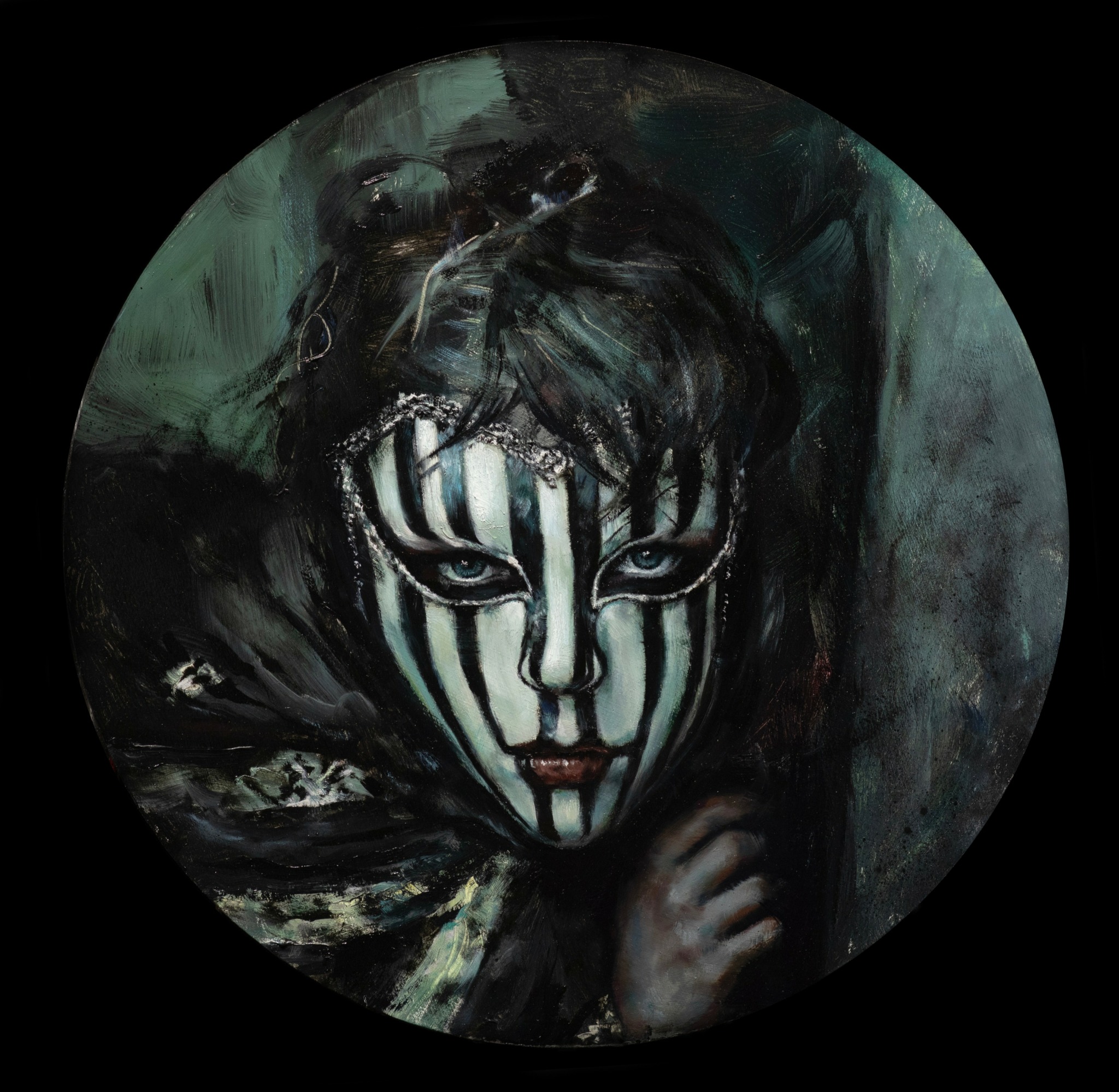We were lucky to catch up with Genevieve May recently and have shared our conversation below.
Alright, Genevieve thanks for taking the time to share your stories and insights with us today. We’d love to hear about the things you feel your parents did right and how those things have impacted your career and life.
I was brought up in a creative environment in the rural hills of Western Mass, born to award winning illustrators and authors, Dennis Nolan and Lauren Mills. I had a uniquely sheltered childhood in that our household had no television or computer. I went to a small school on a farm and during the summer months drew copies of Loomis and Da Vinci drawings. When I look back on my life, I see both my parents at their easels which were approximately five feet apart. They played classical music with the occasional Jimi Hendrix and Bob Dylan for some unexpected fun. We lived in a renovated tobacco barn which was converted into a large studio in the rural hills of Western Mass. Here is where I feel I learned not only my technical skills as an artist, but my long term intentions for career. My parents were both nourishing and informative. I admittedly was more drawn to theater and performance art as a child and even in my adulthood ended up going to music school before later transitioning into a more focused career in painting and fashion design. I am grateful for the countless hours they put into prepping my eye and showing me an admirable but realistic work ethic. This prepared me for a career dedicated solely to being authentic and having clarity in communicating my artistic interpretations. Although I do not consider myself a writer or an illustrator and am not in the same business field as they were, I feel that their support and belief in me has played a crucial role in my ability to fully embrace a vision and see it through.


Awesome – so before we get into the rest of our questions, can you briefly introduce yourself to our readers.
My paintings are heavily influenced by fashion and performing arts. I am drawn to art forms that are ephemeral yet I want to stop them in time; this is what paintings can do. Performance art is so moving because of the pressures of time, for a moment we are a part of a world that moves us but the reality is, it is fleeting. Visual art such as painting, sculpture and photography has the opposite ability, to stop time, to preserve a memory, to record history. When we look at a painting we see the full story in front of us, there is no beginning or end, it is only when we choose to walk away that the work comes to its finale. With any performance we witness, there is a definite beginning and a definite ending, dictated by the art itself, not by the viewer.
I find the differences between the two to be fascinating. I love this harmony of combining an art form that is fleeting with one that is time stopping.
My process has many layers and takes time to fully form. For the most part, each painting that comes to fruition has a back story involving a dress that I’ve designed and made by hand or a song that I’ve composed or recorded. I feel that my art forms support one another in this way. I cannot imagine painting an image from just being visually inspired. I am a tactile person so as a result I feel drawn to making something tangible, something I can touch and adorn my models in. I feel this personalizes the story and makes the process more authentic. I very much enjoy the process of creating so I never feel it is a waste of time or unnecessary to go the extra mile in setting a strong creative foundation. I will find materials that one wouldn’t ordinarily think to make a dress out of and begin to piece together an outfit that feels other worldly, bizarre and textural.
There are other paintings that have been inspired merely from making music. I feel that music provides us with an immediate emotional response. People have often told me that I need to focus on one craft, tighten up my process by eliminating impractical or what might seem like a time consuming contribution towards the final work of art. People have commented that I make unnecessary hassles for myself, that I should cut corners, but for me, “behind the scenes” work is what makes the process so rewarding and adds authenticity to my finale creations.
I have always felt a broad love and appreciation for all art forms, and I admit it has taken some time to not only combine them into one, but also to be consistent in my delivery. I feel it is too limiting to focus solely on one technique. I think it is important for artists to be open to allowing the exploration of other art forms to inspire their main craft. I find that the artistic diversity is more interesting to collectors. People purchase my paintings because they like how my work makes them feel; they always want to know the story behind it all and they enjoy the multi layers of combining fashion and music.
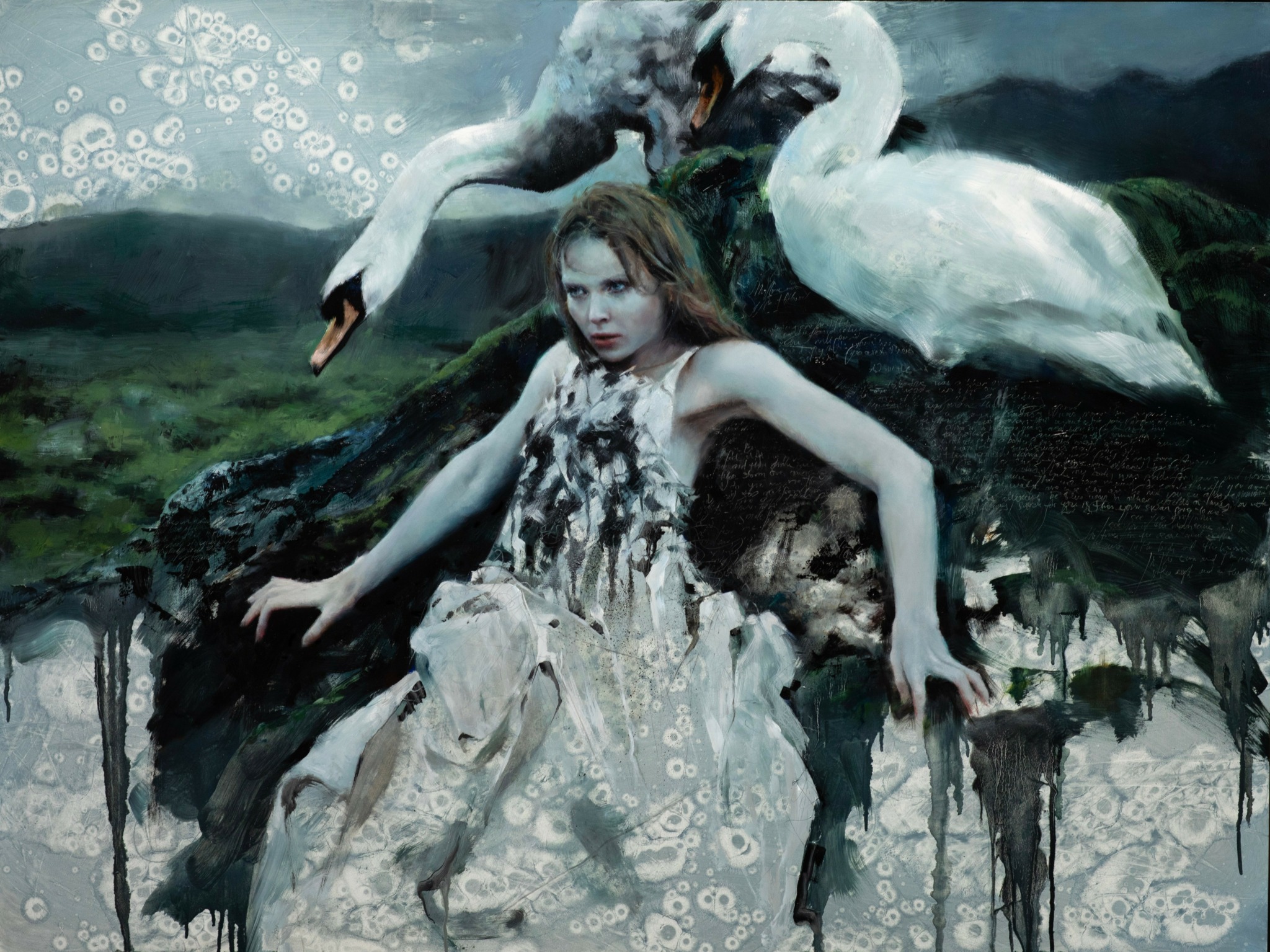
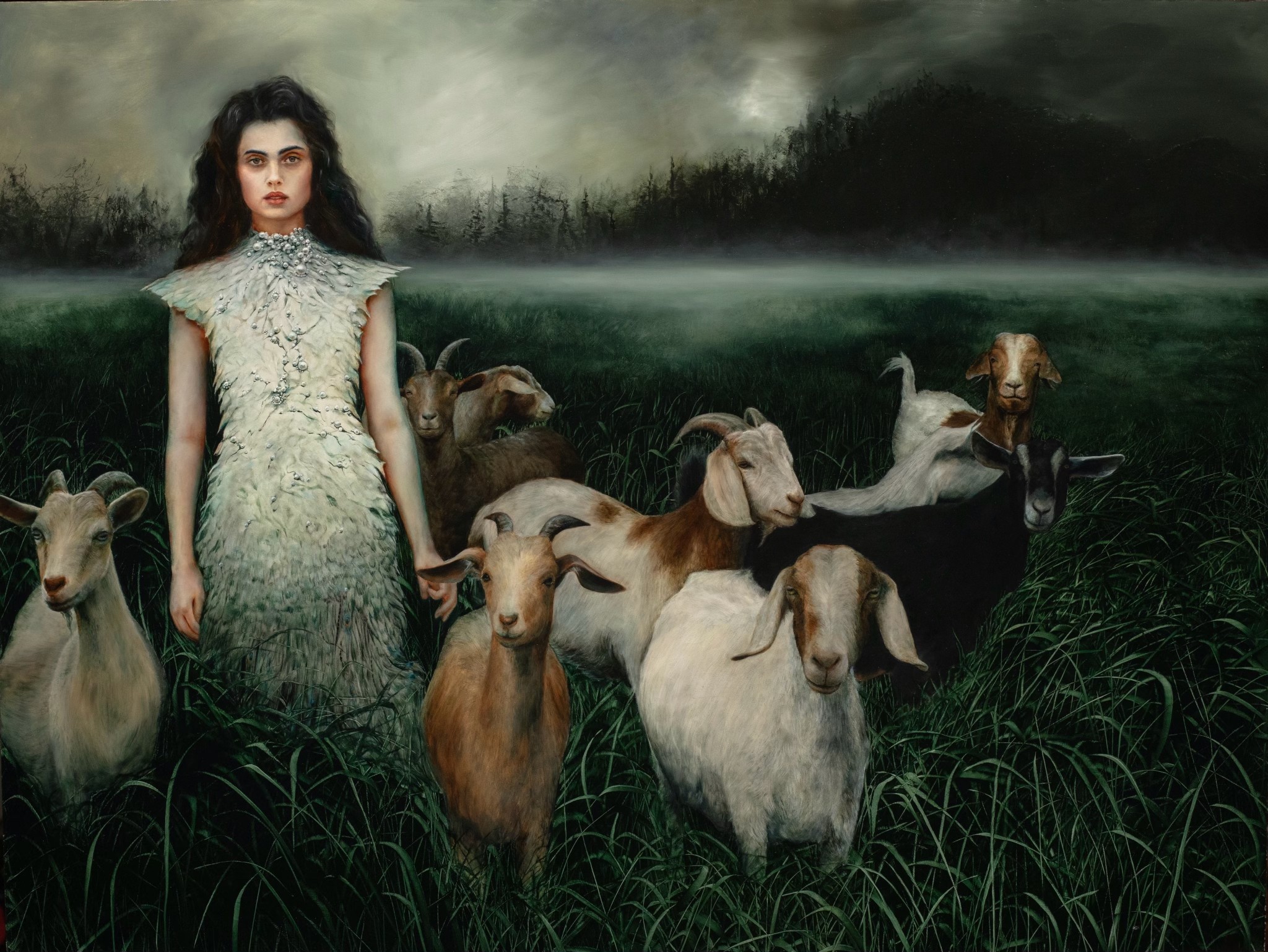
What’s the most rewarding aspect of being a creative in your experience?
The most rewarding part of being a creative is to make an impact on others while being given the freedom to express my story in my own creative way. My goal as an artist is always to provoke emotion. Words that come to mind when describing my work are moody, romantic, haunting and perhaps ethereal. I enjoy expressing emotions that are often uncomfortable in hopes to let go and make space for new ones. I channel what I like to call ghost memories. These are memories I hold that I feel haunt or cloud my mind. I often paint about the thoughts we might not ordinarily want to share. I like the rawness and honesty that comes from surrendering to vulnerability, I think this is what separates authentic art from “pretty” art.
I think there is strength in pouring your heart out into your work. Although I always strive to create something beautiful, my goal is to share a piece of my soul. As an artist I feel sometimes that I am a vessel; creatively thinking of ways to make an impact on humanity. And while my work is very much a reflection of my life, I hope that it can be relatable and comforting to others. Isn’t the ultimate goal as an artist to feel comfortable enough to tell our own story while simultaneously affecting those around us?
I am incredibly rewarded when I hear that my work has either inspired or uplifted someones life.

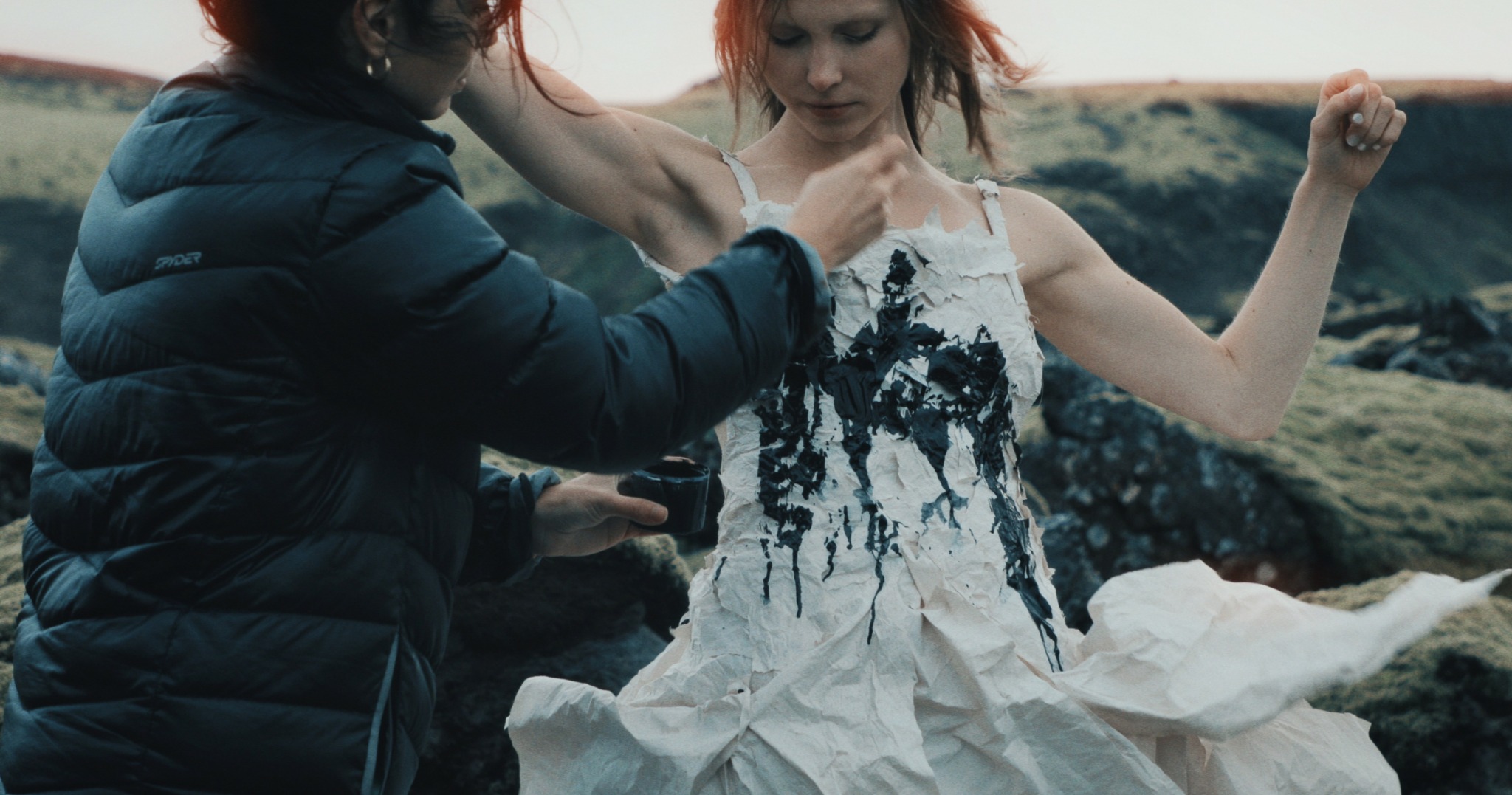
Learning and unlearning are both critical parts of growth – can you share a story of a time when you had to unlearn a lesson?
I was at a holiday gathering at artist, Casey Baugh’s studio when I stumbled upon a yellow posted note smudged with paint. I was surprised I could read the faint scribbles he had written in, “Nothing is more boring than accuracy.” This struck me. I began to evaluate my own work and question my intentions behind striving to be so representational of my reference at hand. Was I too focused on creating something that looked accurate? What was my reasoning behind copying exactly what I saw? Did it serve a purpose? I then spent the next year unlearning methods that inhibited my imagination from flowing, that halted spontaneity and created only road blocks for my intentions.
This concept of creation was truly boundary breaking and freeing. And although I will always emphasize the importance of academic training in art, I do believe that there is a balance in “practice makes perfect” and creating solely for the sake of creating from the heart. When it comes to your own personal story and vision, there should be no limitations. Academia should solely be there to enhance a person’s ability to communicate their art form rather than dictate the subject matter.
This is why I have a deep admiration for abstract art, and while I am very much a classically trained artist in both art and music, I feel that the beauty in having various art genres is that there are numerous ways to bring us all to the same conclusion, that art is here to stir, uplift, educate, and honor the human experience.
Contact Info:
- Website: https://www.genevievemaystudio.com
- Instagram: @genevievemay
